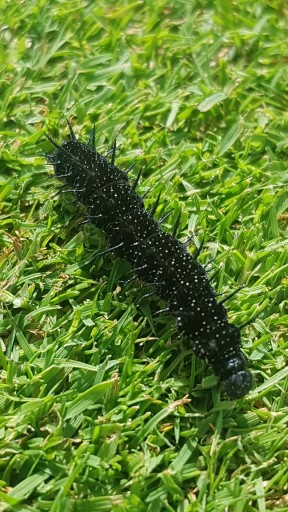The heath bumble bee is widespread in the north and west of Scotland. Despite its name, it is not restricted to heathland: it is also found on moorland, grasslands, coastal dunes and in gardens, where it visits a variety of flowers. It nests in different places, from old birds’ nests, small mammal burrows, or among moss and leaf litter. Athayde Tonhasca’s latest blog takes a closer look at this intriguing species.

A heath bumble bee (Bombus jonellus). © Wikipedia Creative Commons
The heath bumble bee is a short-tongued bee, which means it cannot reach the nectaries of flowers with long and narrow corollas. The bee solves this problem by using its strong mandibles to pierce a hole at the base of the corolla to access the nectar. This behaviour is known as nectar robbery, and it is common among other bumble bees, many insects and birds. Indeed, almost all flowering plants with tubular flowers are victims of nectar larceny.
If flowers have been robbed, they will usually have a hole near their base, close to where the nectar is produced. After the robber has left, smaller bees, ants and other insects may come along to take their share: these are known as secondary robbers.
The relationship between plants and pollinators is considered mutualistic because plants benefit from the pollinators’ transport of pollen, whereas pollinators benefit from a reward (usually nectar or pollen). Because nectar robbers bypass the usual pollinating process, they can be seen as cheaters who harm flowering plants, which spend a lot of energy and resources to produce nectar. For Darwin, ‘all plants must suffer in some degree when bees obtain their nectar in a felonious manner’. Indeed, studies have shown that nectar robbery may damage the flower or reduce its attractiveness to ‘legitimate’ pollinators. But there is also evidence that robbing sometimes is neutral or even beneficial because robbers frequently touch the reproductive parts of the flower, pollinating the plants they visit. But in reality, although nectar robbing is widespread in nature, we know little about its ecological implications.
‘Nectar robbers’ is a well-established term among ecologists, but just like other labels based on human values such as ‘killer bees’, ‘assassin bugs’ and ‘cow killer’ (a wingless wasp), they are invariably exaggerated, biased and misleading. Nectar robbing is simply a more efficient means of extracting food than a normal flower visit; through natural selection, the heath bumble bee is doing what it takes to survive and reproduce. Insect robbery is not immoral, because nature is amoral.

 John is well-travelled and has experience of golf courses stretching from Scotland to Cyprus, Mallorca and Australia. Now settled near his home town of Elgin he knows the Rothes course particularly well – he played it as a boy and worked here back in 2003.
John is well-travelled and has experience of golf courses stretching from Scotland to Cyprus, Mallorca and Australia. Now settled near his home town of Elgin he knows the Rothes course particularly well – he played it as a boy and worked here back in 2003.






